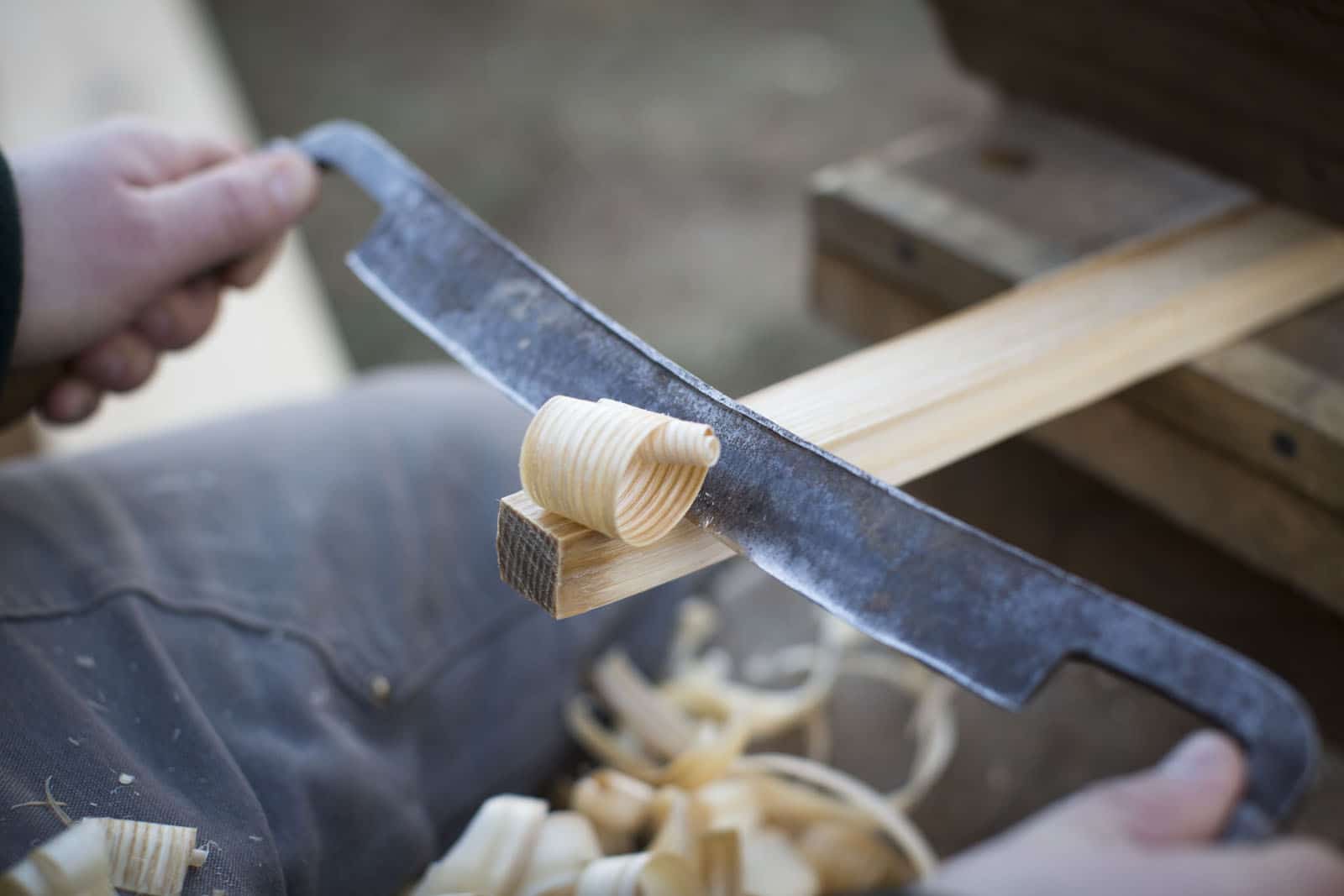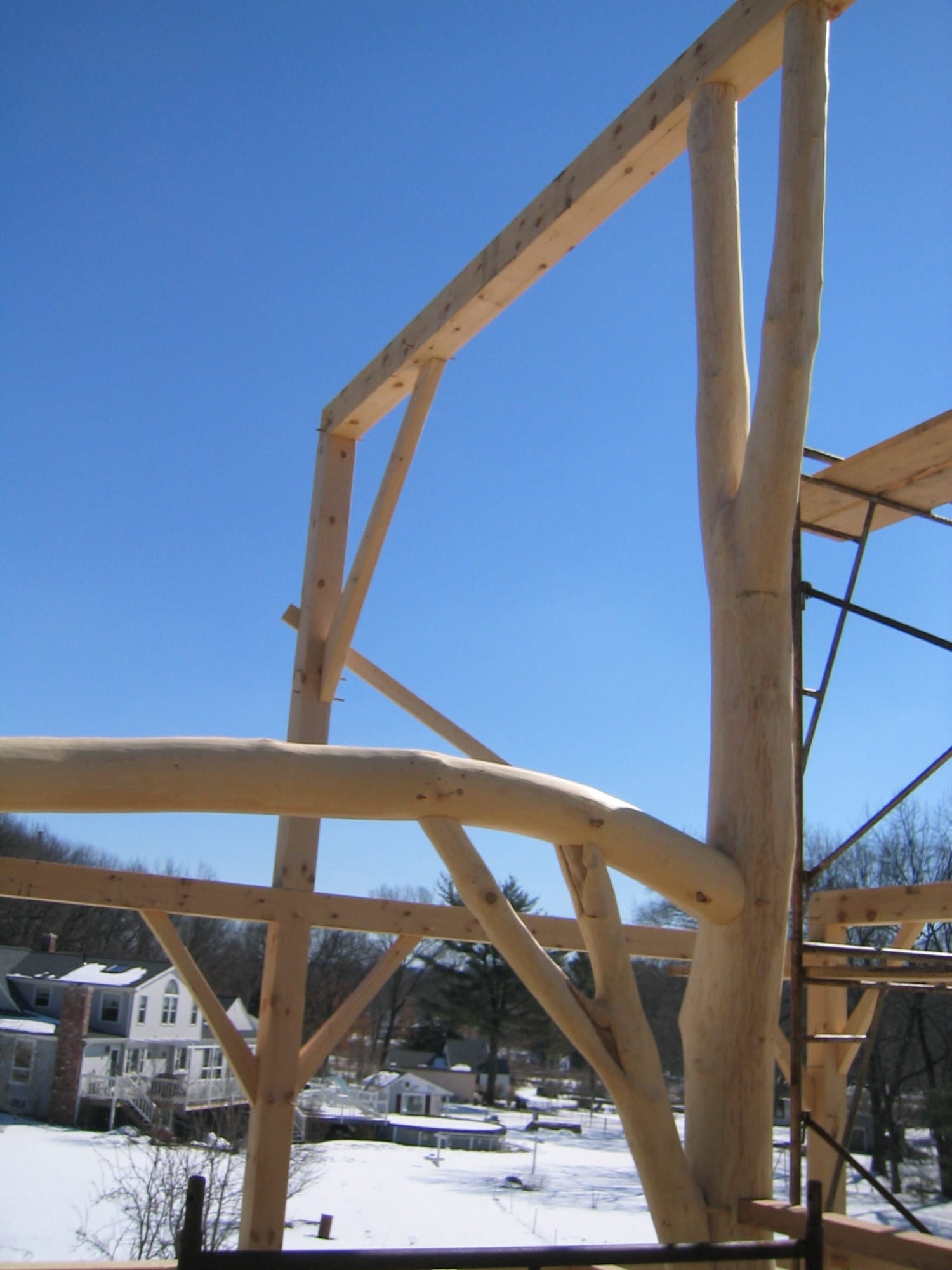Sadly, it’s recently been announced that Emerald Ash Borer has been located in Orange, VT. While arrival of this invasive beetle has been a question when, not if, it’s sobering to think about the future loss of 5% of Vermont’s forest make up and possibly as many as 7.5 billion trees across the United States. Unfortunately, remediation efforts in other locations have proved ineffectual.
For a few years now, Vermont has been completely surrounded by areas already affected by the Emerald Ash Borer. The beetle was first detected in Massachusetts in 2012, only 10 years after it was first accidentally brought to Detroit on untreated pallets from Asia. When left to its own devices, the EAB expands its range only by 1-2 miles per year. However human activity, the shipping of wood products and especially firewood, seem to be the most prominent reason behind EAB’s rapid spread. Sadly, this is probably also the explanation of how the EAB has found a new home in Central Vermont.
For the wood products society, the loss of Ash will be an enormous blow. Black or “Basket” Ash, a typically small tree found in wet areas, is the primary material used for basket makers. White Ash, the most common species in Vermont, is often used for flooring, trim, furniture, baseball bats and tool handles. It’s also an important resource for firewood, as it is naturally has a low moisture content. Freshly harvested Ash can safely be burned, and is often sold as “dry” or mixed in with dry other woods.
For most timber framers, the loss of Ash will not be as dramatic as with other industries. At TimberHomes, Ash is most frequently used in the making of hand riven pegs. Ash’s tendency for straight grain and few knots, makes it easy to split and carve. While it will be possible to substitute Ash with other hardwoods, as we sometimes do, the process is never as easy, nor is the end product as good.
Ash is also second to none in terms of flexibility. At TimberHomes, we use it as handrail stock for our spiral stairs. Accordingly, we screw thin strips of ash to either side of Black Cherry balusters. Though the individual parts are floppy on their own, the assembly becomes quite rigid with multiple points of attachment.
At TimberHomes, we also commonly use Ash tree forks as posts with our scribe work. While Ash is only one of a number of different possible choices, it’s prevalence in VT’s forests has caused its use to be a regular event. Without Ash as a choice, finding forks with wide spreads and the correct proportions in terms of diameter will be all the more difficult. As a matter of necessity, all of us who work with wood will need to find ways to substitute Ash with other species.
Considering history for a moment, the American Elm and Chestnut have also both largely disappeared due to introduced pests. However, both somehow have managed to survive, though in a much diminished state. According to what’s been written about the Emerald Ash Borer, about 1% of trees are able to survive an infestation. With luck and through thoughtful management, Ash’s renaissance may be someday possible. But until then, we must endure this impending tragedy.



